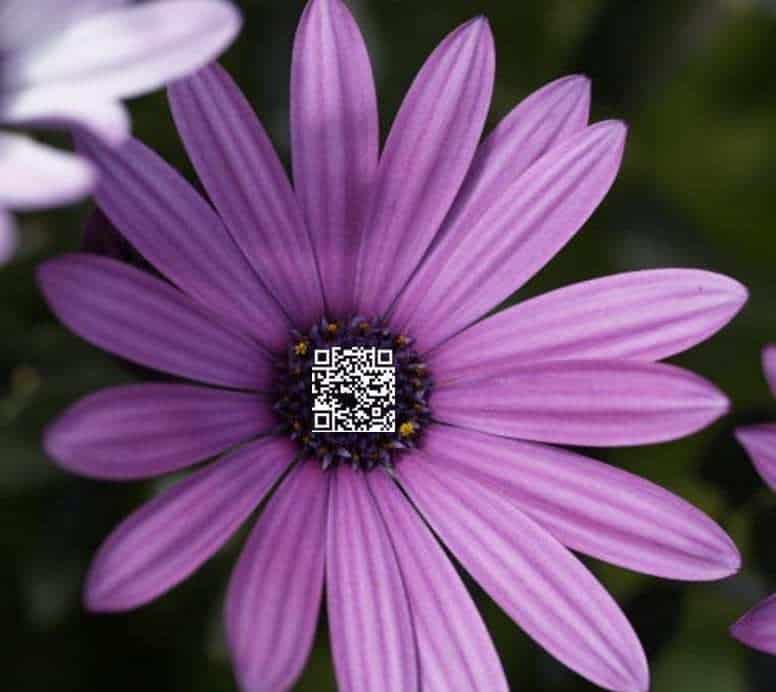Fifth graders from Sangster Elementary are teaching kindergarteners about growing plants.
Sangster Elementary has created a unique digital program that allows fifth graders to use digital presentations to be accessed by way of QR codes, to be able to show kindergarteners some of the basics that they need to know about gardening.
The children then learned what would be required to plant flowers and vegetables in a real garden.
The various specific plants were selected so that the kindergarteners would be able to scan the QR codes and learn how to plant them through the use of the real example from the garden that is located behind the school. At the same time, the fifth graders learned how to be able to use Google apps to create their digital presentations that would instruct their younger schoolmates.
The strategy to use digital projects and QR codes allowed team members to collaborate from home.
 When it came to completing the project, student Lauren Porter found the ability to work on the project from home was an invaluable feature. It helped her to be able to complete the project on time and within her own environment, even when it was a group project. She explained that “We can work on it at the same time together and we both can edit it at the same time.”
When it came to completing the project, student Lauren Porter found the ability to work on the project from home was an invaluable feature. It helped her to be able to complete the project on time and within her own environment, even when it was a group project. She explained that “We can work on it at the same time together and we both can edit it at the same time.”
Porter and her classmate partner created a project in which they planted a tomato within the real garden. They then showed the viewers how the tomatoes that they grew could be used in a recipe for bruschetta.
The quick response code and digital presentation lesson, itself, was developed by Kristina Culkin, a technology specialist. She explained that “They each have an account where they can access it from home not just at school, and there’s the option for them to share their work with other students for comments.
Once the concepts for the student digital presentations were complete, the kids created QR codes so that they could link their presentations to a website or a video. By easily scanning those barcodes, the five year old kindergarteners were able to view the plants in the school gardens and were also able to see what could be done with the vegetables that had been harvested.
